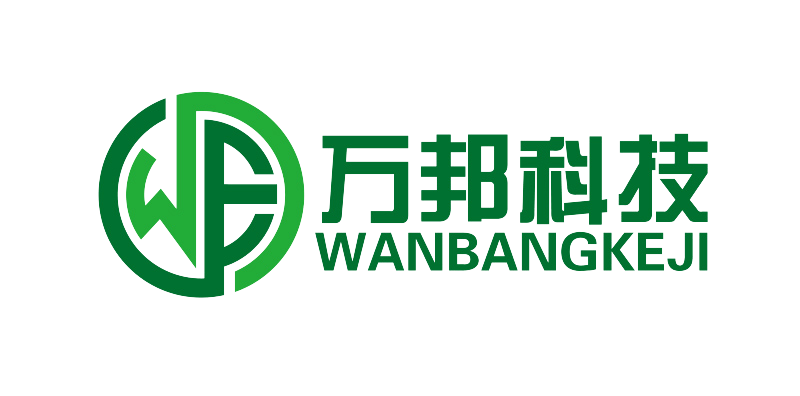Understanding Modern Soil Monitoring Technology in Commercial Greenhouses
Professional greenhouse operations require precise control over growing conditions to maximize crop yields and maintain optimal plant health. At the heart of this control lies accurate soil moisture measurement. Today's soil moisture meters represent a quantum leap forward from traditional methods, offering greenhouse operators unprecedented insight into their growing environment. These sophisticated devices have become indispensable tools for modern horticulture, enabling data-driven decisions that can significantly impact crop success.
Advanced soil moisture meters combine cutting-edge sensor technology with robust data analysis capabilities, providing real-time information about soil conditions. This technology has revolutionized how greenhouse operators manage irrigation schedules, nutrient delivery, and overall plant care. The impact on operational efficiency and crop yields has made these devices essential equipment for commercial greenhouse operations of all sizes.
Core Benefits of Professional Moisture Monitoring Systems
Enhanced Water Management Efficiency
Professional soil moisture meters excel at optimizing water usage within greenhouse environments. By providing precise measurements of soil moisture content, these devices enable operators to implement exact irrigation schedules that prevent both overwatering and underwatering. This level of control not only conserves water resources but also promotes healthier root development and reduces the risk of water-related plant diseases.
The data collected from soil moisture meters allows greenhouse managers to create customized irrigation profiles for different plant varieties and growth stages. This targeted approach ensures that each crop receives exactly the amount of water it needs, when it needs it, leading to significant improvements in water use efficiency and reduced operational costs.
Improved Crop Health Monitoring
Modern soil moisture meters often incorporate multiple sensing capabilities that go beyond simple moisture readings. These devices can monitor soil temperature, electrical conductivity, and even nutrient levels, providing a comprehensive view of the growing environment. This multi-parameter monitoring helps identify potential issues before they become visible problems, allowing for proactive rather than reactive management approaches.
The ability to track these various parameters over time creates valuable historical data that can be used to optimize growing conditions and prevent recurring problems. Greenhouse operators can use this information to develop more effective cultivation strategies and improve overall crop health management protocols.
Advanced Features of Modern Moisture Measurement Technology
Wireless Connectivity and Remote Monitoring
Today's professional soil moisture meters often come equipped with wireless connectivity features that enable remote monitoring and data collection. This capability allows greenhouse operators to access real-time soil condition data from anywhere, using mobile devices or computer systems. The convenience of remote monitoring not only saves time but also enables faster response to changing conditions.
Integration with greenhouse automation systems has become another significant advantage of modern soil moisture meters. These devices can trigger automated irrigation systems based on preset moisture thresholds, ensuring consistent soil conditions even when staff members are not present. This level of automation helps maintain optimal growing conditions while reducing labor requirements.
Data Analytics and Reporting Capabilities
Professional soil moisture meters now include sophisticated data analytics features that transform raw measurements into actionable insights. These systems can generate detailed reports showing moisture trends, irrigation efficiency, and potential areas for improvement. The ability to analyze historical data helps greenhouse operators make more informed decisions about resource allocation and crop management strategies.
Many systems also offer predictive analytics capabilities, using historical data patterns to forecast future irrigation needs and potential soil condition changes. This forward-looking approach helps greenhouse operators stay ahead of potential problems and optimize their resource usage for maximum efficiency.

Implementation Strategies for Maximum Benefit
Optimal Sensor Placement and Configuration
The effectiveness of soil moisture meters largely depends on proper sensor placement and configuration. Professional greenhouse operators must consider factors such as crop type, root depth, soil composition, and environmental conditions when determining sensor locations. Strategic placement ensures accurate readings that truly represent the conditions experienced by plant roots.
Multiple sensors are often required to account for variations in soil conditions across different greenhouse zones. Creating a comprehensive monitoring network helps identify microclimates and ensure uniform growing conditions throughout the facility. Regular calibration and maintenance of these sensors is essential for maintaining accuracy and reliability.
Integration with Existing Systems
Successfully implementing soil moisture meters often requires careful integration with existing greenhouse management systems. This includes connecting sensors to climate control systems, irrigation controllers, and central monitoring platforms. A well-planned integration strategy ensures that all systems work together seamlessly to maintain optimal growing conditions.
Staff training is another crucial aspect of successful implementation. Greenhouse operators must understand how to interpret sensor data and respond appropriately to different readings. Regular training sessions and standard operating procedures help ensure consistent use of the technology across all shifts and personnel.
Frequently Asked Questions
How often should soil moisture meters be calibrated?
Professional soil moisture meters typically require calibration every 6-12 months, depending on usage intensity and environmental conditions. However, it's important to check manufacturer specifications and maintain regular calibration schedules to ensure continued accuracy.
What is the typical return on investment for professional soil moisture meters?
Most greenhouse operations see a return on investment within 12-18 months through reduced water usage, improved crop yields, and lower labor costs. The exact timeline varies based on facility size and crop type, but the long-term benefits typically justify the initial investment.
Can soil moisture meters work with all types of growing media?
Most professional soil moisture meters are designed to work with various growing media, including traditional soil, soilless mixes, and hydroponic systems. However, it's important to select sensors specifically calibrated for your growing medium to ensure accurate readings and optimal performance.
How many sensors are needed for an average greenhouse operation?
The number of required sensors depends on factors such as greenhouse size, crop variety, and environmental uniformity. A general rule of thumb is one sensor per 1,000 square feet of growing space, with additional sensors in areas with different microclimates or varying water requirements.



